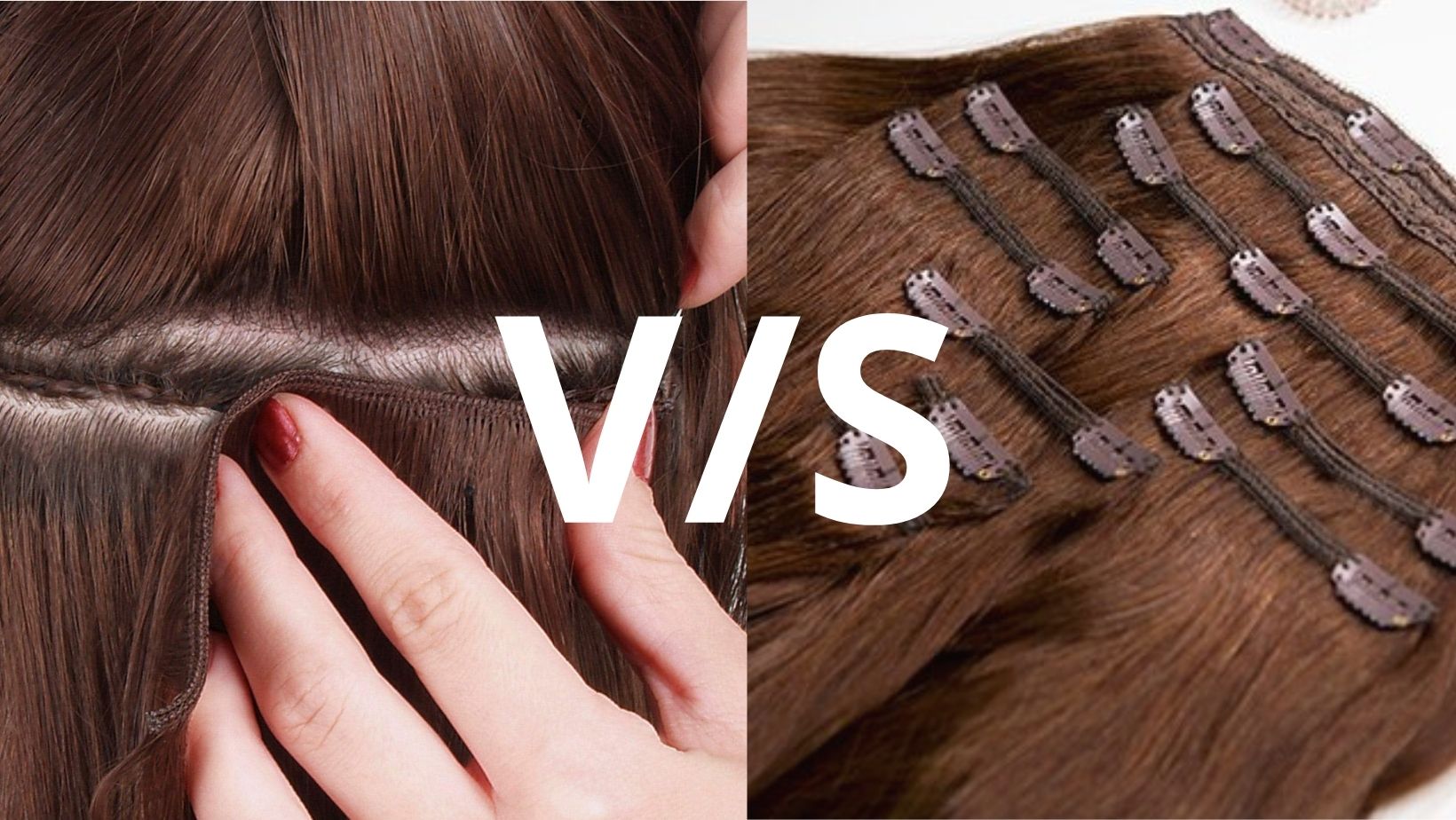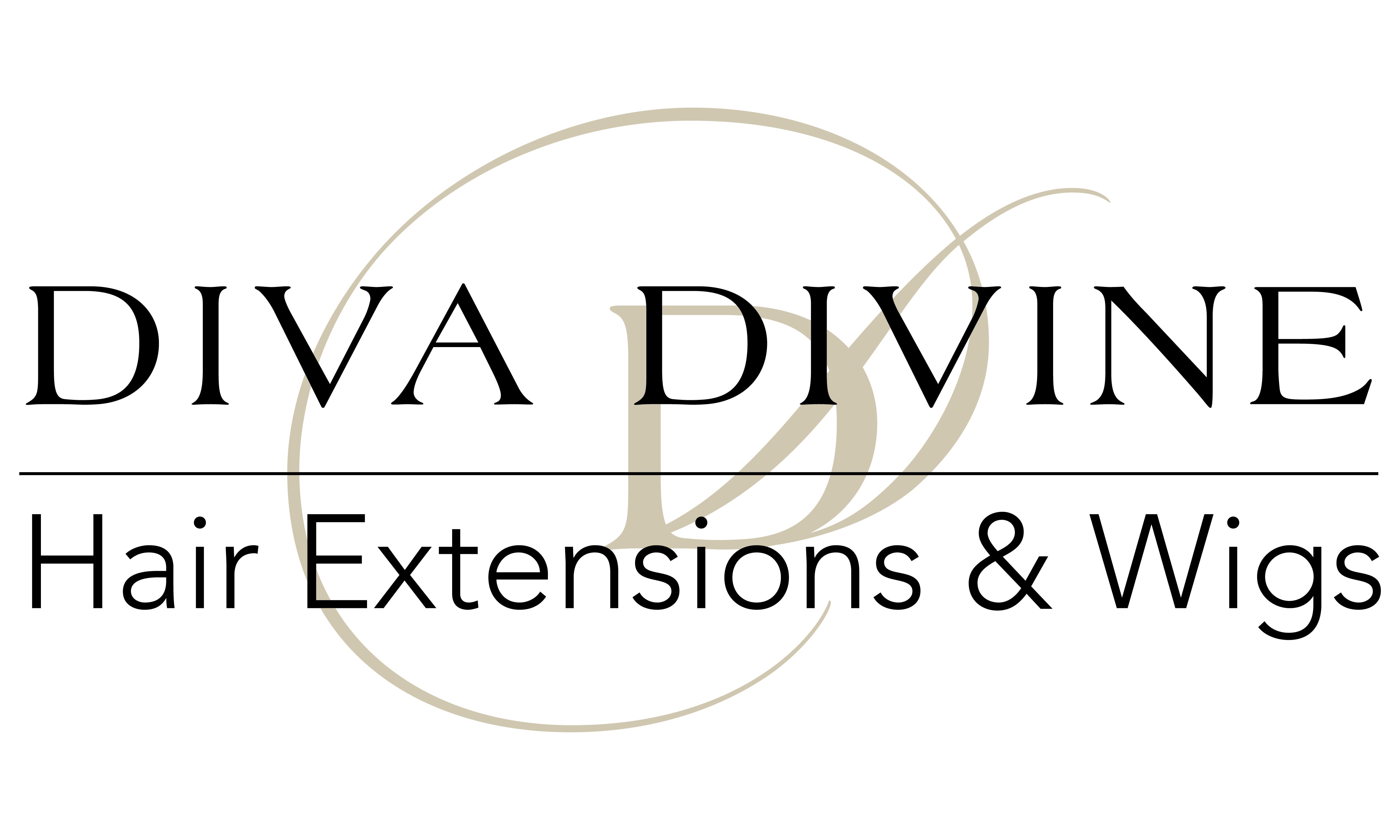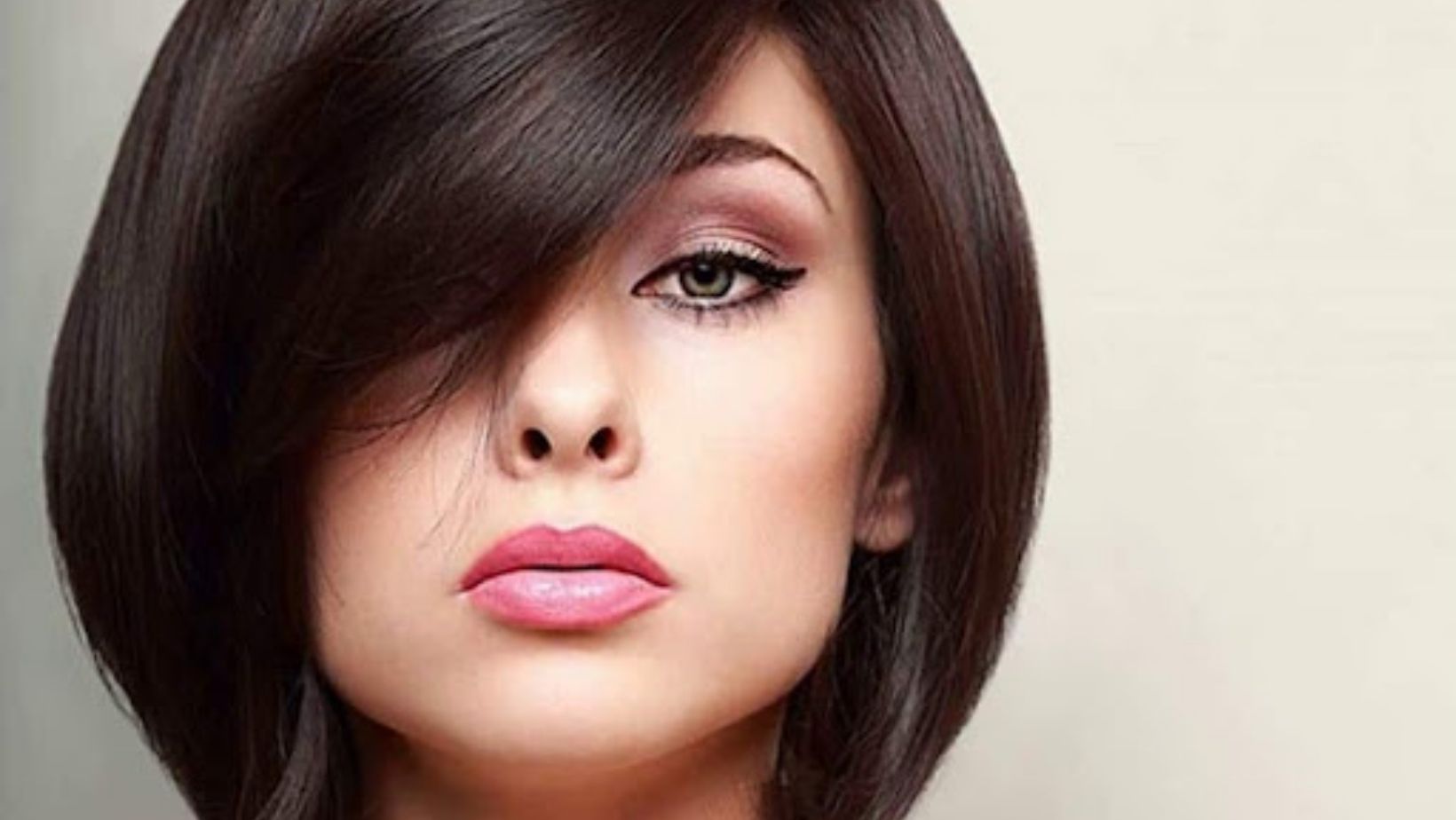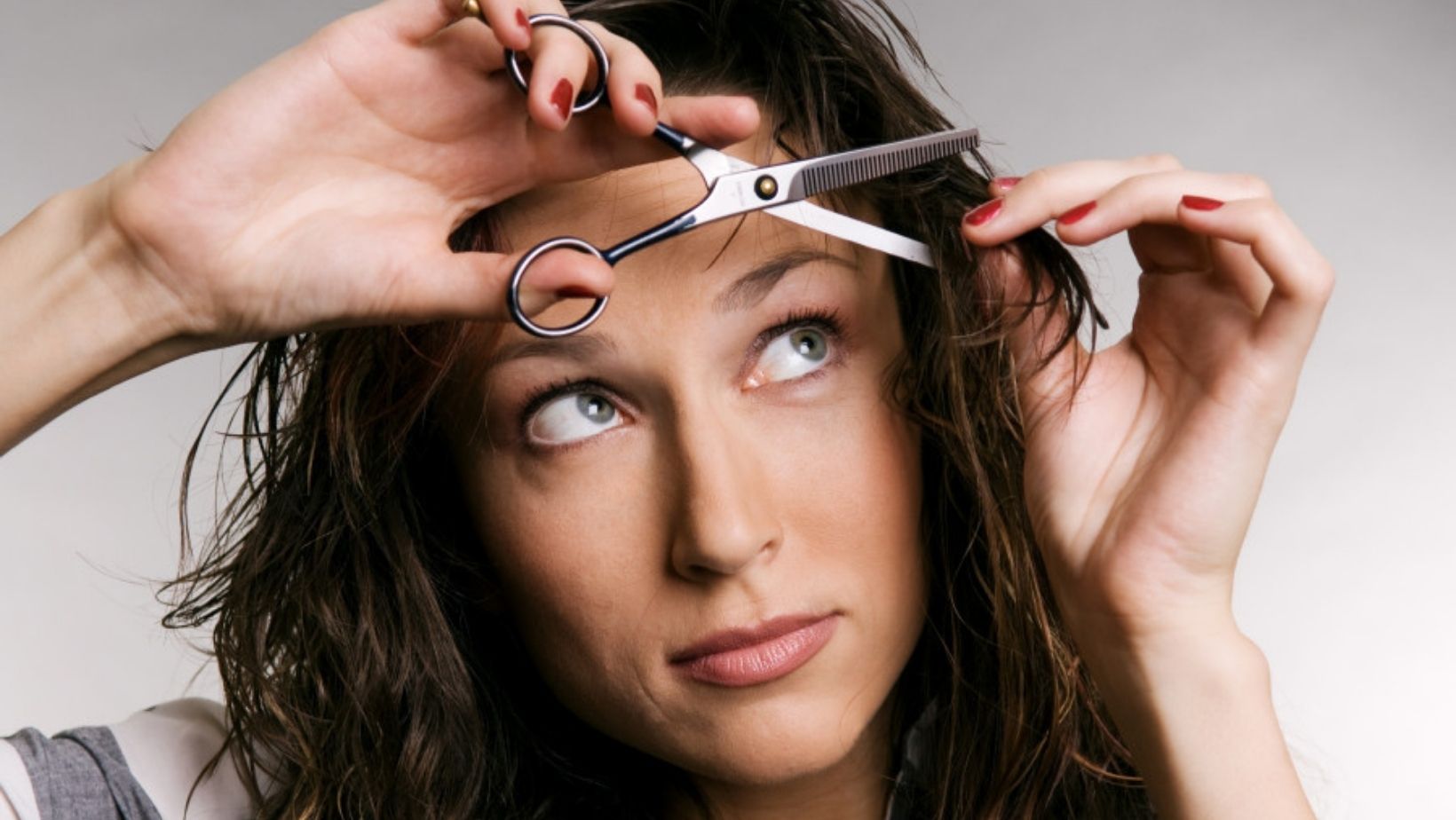
What Is The Difference Between Clip-In And Sew-In Extensions?
It can become a challenge to figure out which ones are the best for you and your hair type. Of all the different types hair extensions, clip-in hair extensions and sew-in hair extensions are the most popular choices for women.
Both are a great way to add length, texture, and volume to one's natural hair. It's crucial to note, however, that these two sorts of extensions are not the same.
If you are not sure which one to get, this blog will help you decide because we will discuss the difference between clip-in and sew-in extensions in detail.
What Are Clip-In Extensions?

Add instant length to your hair with clip-ins
Clip-in hair extensions are the most popular and convenient way to add length, volume, and color to your natural hair. Clip-ins instantly change your appearance by giving you longer, fuller hair. Clip-in extensions have several perks and benefits. As a result, professionals and home users alike prefer them as a method of hair enhancement.
Clip-in hair extensions are simple to use and are just temporary. It only takes a few minutes to complete the application. They are attached with pressure-sensitive clips that do not harm your hair.
A clip-in extension set costs much less than sew-in hair extensions and lasts longer with adequate care and maintenance. The best thing about clip-ins is that women can remove them at any time, anywhere.
Clip-in hair extensions come in various colors, from bright to dark ones, with tons of textures and lengths to meet different styling needs. You will also find clip-in extensions made with synthetic fibers, which are inexpensive.
Human Hair Clip-Ins VS Synthetic Clip-Ins

Human Hair Clip-Ins VS Synthetic Clip-Ins
Human Hair Clip-In Extensions
- It doesn't get any better than human hair clip-in hair extensions. They provide the most natural appearance and feel, last the longest, and offer the most styling possibilities through heat styling tools.
- Remy human hair clip-on extensions are of the highest quality available. In Remy hair that has been minimally processed, the cuticles are still intact. As a result, your hair is shinier, healthier, and practically tangle-free.
Synthetic Clip-In Extensions
- Clip-ins are a less expensive alternative to human hair clip-in extensions. Synthetic hair is resistant to the elements, making it an excellent choice for special occasions.
- Synthetic clip-in extensions are the best and convenient way to experiment with different looks before investing in human hair clip-ins.
- Synthetic hair typically lasts 1 to 3 months before showing signs of deterioration.
Benefits Of Clip-In Hair Extensions

- Clip-in extensions are non-committal compared to sew-in extensions. Clip-ins give you the liberty to wear and remove them anytime you want.
- Clip-in hair extensions allow you to modify your look in an instant. Do you want your ponytail to be longer? Want to go from a day to a night look? Clip-in hair extensions are a great way to switch up your look on the go.
- Clip-in hair extensions are the best way to boost your confidence. You can go from one length or texture to another in an instant.
What Are Sew-In Extensions?

Get to keep fuller hair longer with sew-in extensions
Sew-in extensions, also known as weave hair extensions, are a semi-permanent way to add length, volume, and texture to your hair. Wefted human hair extensions are sewn into your braids with a needle and thread and keeps your natural hair tucked away from constant heat manipulations.
Since the extensions are sewn into the braids, sew-ins are best for women with thick or coarse hair because sew-ins can damage thin hair.
Unlike clip-in extensions, sew-in hair extensions take anywhere from three to six hours for a full installation. Unless you have mastered the art of installing sew-ins yourself, it is best to get them installed by a professional. There are many risks associated with installing sew-in weaves by yourself, including the possibility of piercing your scalp with the needle.
Since sew-ins are semi-permanent, they will last up to eight weeks with proper care. It is important to remove sew-in hair extensions after eight weeks. Otherwise, it will damage your scalp and hair with skin irritation, oil and product build-ups, and hair breakage.
FAQ's About Sew-In Hair Extensions
Do Sew-In Hair Extensions Damage Your Hair?
They can if they aren't put properly or if you don't take care of them. The easiest approach to avoid damage is to go to a respected hairdresser and feel comfortable enough to tell them if you are experiencing any strain from the braids and the extensions being sewn in.
What Is The Best Hair For A Sew-In?
When picking a weave for your sew-in, you have two options: synthetic hair or human hair. Both have a range of textures, straight, wavy, and curly, yet they provide completely distinct styling options.
Because synthetic hair is made of synthetic components that resemble hair, it cannot be heat styled or colored without damaging it.
It is best to use human hair extensions for sew-in because you will be able to heat style the hair to create multiple looks and even dye them.
Can You Wash Sew-In After Installation?
Yes, you can wash your sew-in after they are installed- you will only need to wash them once a week. The best way to wash your sew-in extensions is while you shower. Make sure to use sulfate-free products while you wash your extensions and gently massage the products between the braids.
Tip: Ensure that your weave and braids are completely dry before styling or going to bed. Under damp braids and extensions, bacteria and mildew can grow and cause scalp irritation.
How To Take Care Of Clip-In And Sew-In Hair Extensions?
Haircare plays a significant role in how long your clip-in and sew-in hair extensions last. Both extensions require different hair care routines, so here are detailed tips to take care of clip-ins and sew-ins.
Hair Care Tips For Clip-In Hair Extensions
- Use hair care products made for clip-in hair extensions and make sure they are free of sulfate.
- After your clip-in hair extensions are 70% dried, use a wide-tooth comb to get rid of knots, and then use a leave-in conditioner or lightweight hair serum to maintain the extension's luster.
- Human hair clip-in extensions can be heat styled, but ensure that you use a heat protectant before using a flat iron or a curler. Never use heat styling tools on damp clip-in extensions.
- When you aren't using clip-ins, store them properly.
Hair Care Tips For Sew-In Hair Extensions
- Use a wide-tooth comb to detangle sew-in extensions and start from the ends. When you detangle, it is important to be gentle.
- Wash and condition sew-ins extensions with sulfate-free products.
- Wear a bonnet or wrap your extensions with a silk scarf before going to bed. This will minimize tangling.
- Sew-in extensions are a protective style, but you should also take care of them by going heatless and using heat protectant serum when using a flat iron or curler.
Conclusion
These are the difference between clip-in and sew-in hair extensions. Clip-ins are the greatest option if you want a non-committal style, while sew-ins are ideal for a low-maintenance protective style.
Both extensions are fantastic and long-lasting, but they must be maintained with a proper hair care routine.



